May 21, 2015
Copenhagen City Hall
The Copenhagen City Hall started its life as a palace of the people, built by the skilful hands of the guilds who also funded its construction. It remains a palace of the people, today the seat of the Lord Mayor of Copenhagen and the municipal council, with its door open to all, even tourists who just wish to roam its halls randomly. Getting in is a very informal affair – just walk through the main entrance. (Nonetheless, understandably, not all areas are accessible at all time to everyone, since it is a workplace afterall and not an amusement park – that, is right across the street.)

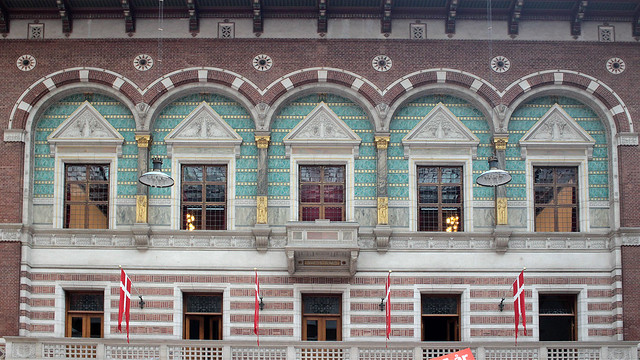
Curious culture buff that we are, on finding out there are guided tours of the Rådhus and its tower – costing DKK 50 and DKK 30 respectively – J, F and I made a (small) beeline for them, and soaked up some interesting info shared by a staff who has worked for 15 years in the building and absolutely loves discovering, and uncovering, its secrets. Afterall, the architect responsible for its form and decor, Martin Nyrop, did not leave behind written legacy to describe his toil of 12 years, despite all the intricate details he incorporated to the structure.
Inspired by the town hall of Siena, the city hall combines elements of Nordic Romantic and North Italian architecture. Pretty as a picture while remaining dignified, it is extensively decorated with frescos, ornaments, mosaics, wood carvings and furnitures that illustrate and allude to the history of Copenhagen and its people. Indeed, the motto “Saa er by som borger” (i.e. a city epitomises its people) – also initialised SEBSB – appears in many places of the building, including the entry arch into the central hall.







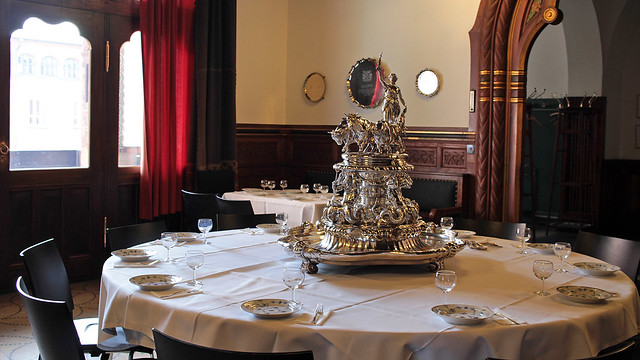




To be honest, I don’t know where to start retelling what I’ve heard. Going into too much details seems to spoil the fun, especially for the guide who loves sharing his take with others. In any case, it’s the story in context and location that makes most sense to fully appreciate the genius of Nyrop, so I’d suggest a trip to Copenhagen and see it for yourself ;)
Suffice to say, we were impressed by the long frieze that highlights the city’s development since its foundation by Bishop Absalon in the central hall, the Towns(wo)men’s Staircase which proudly boasts the contribution of the men and women of Copenhagen to its city, the panoramic frescoes of Copenhagen from the sea and from the land, the extensive reference to Yggdrasil in the Council’s Chamber, and that when the working Royals come by, they are considered guests, highly esteemed ones that is.
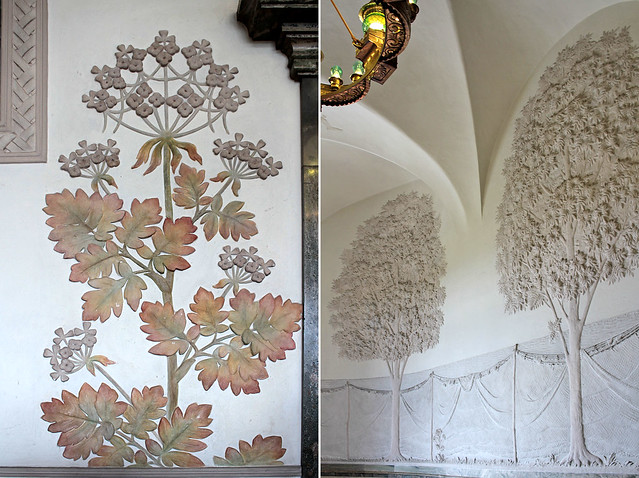


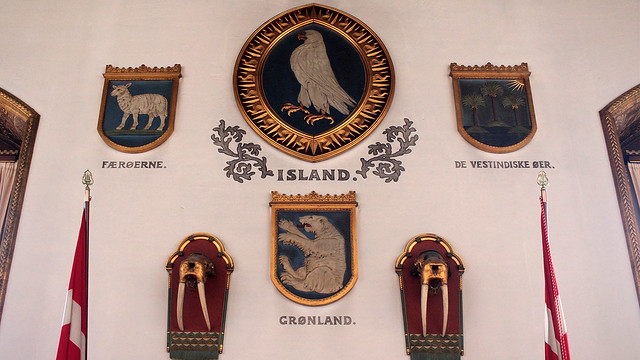

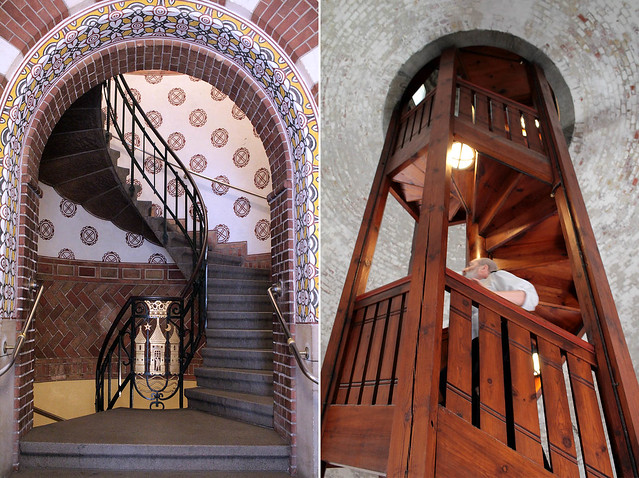




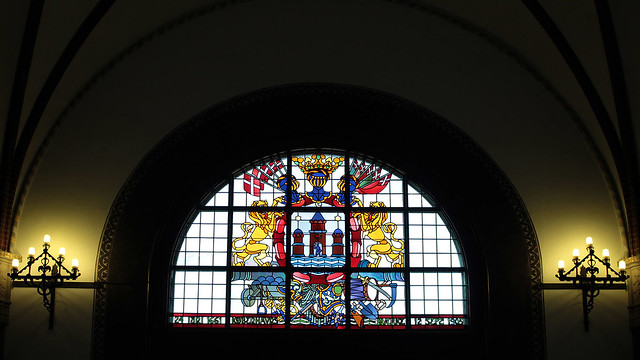

Of course, there’s the tower. Climb up the 300 or so steps up the tower that stands just half a meter shorter than that of Christiansborg Tower and have a closer peek into the Tivoli that’s across the Rådhuspladsen, as well as spotting the other landmarks with the help of informative panels or, better still, pick the brain of the accompanying guide!
I know this post lacks the photos of the museum that houses Jens Olsen’s World Clock (photos came out rather disappointingly blurry) and the exterior, which features the gilded statue of Bishop Absalon and gave an overview of the building, due to construction works at Rådhuspladsen for a new metro station thus partly obstruct the open view. Oh well…
Before I go, I must also tell you that there are special tours of the Rådhus, such as the midnight tour as well as other themed ones. If you are visiting Copenhagen, no harm keeping an eye out and see if you could book into one of them. They are typically conducted in Danish but the Danes are amazingly fluent in English that I’m sure you could easily ask for information without any problem.













The city hall does look awesome…interesting interior and very well maintained too!
The city hall sure looks great for a 110-year old building. Good job CPH in maintaining it :)